5 Mistakes for 401(k) Plan Participants to Avoid
If you have joined your company’s 401(k) plan, but are not that confident about saving and investing for such an important long-term goal, don’t worry. Your plan offers educational resources that can help you understand the plan’s features and your investment options. When you have additional questions, contact the Emerj360 team.
However, even long-time plan participants can make errors. Read on to find out more about five of the most common mistakes that retirement plan participants make. Avoiding these mistakes can help put you on the road to a more secure retirement future.
1: Not Contributing Enough to Get the Employer Match
Some employers offer to “match” a percentage of employees’ contributions to their retirement plan. For example, an employer might match 50% of the employee’s plan contribution up to 6% of the employee’s total annual compensation. Employees who do not contribute at least enough money to their plan accounts to get the full employer match are leaving what is essentially “free” money on the table.
2: Taking Plan Loans
Many retirement plans offer participants the ability to borrow from their plan accounts once they meet certain conditions. Although it can be reassuring to know that you can access your savings early if you need to, the fact that loans are available does not mean that it’s smart to take loans from your plan.
When you borrow money from your plan account, you’ll have less invested. Until the loan is repaid, you could miss out on growth opportunities. If you leave your current employer while you have an outstanding plan loan, you may have only a limited window of time to repay your loan balance. Otherwise, the unpaid amount will be regarded as a “deemed distribution” that’s taxable to you. You may owe an additional 10% early withdrawal penalty on it as well.
3: Reducing or Stopping Contributions
Your regular, uninterrupted contributions to the plan have the potential to compound over time. Investing them in an appropriate mix of stock, bond, and cash equivalent investments can help you build up your retirement savings. However, when you reduce the amount you contribute or you stop contributing altogether — even for a year or two — you are disrupting the growth of your savings.
Finding the money to set aside for retirement can be tough, especially when you face so many other financial demands. But it’s important to prioritize saving for your retirement. Otherwise, you might need to push back your retirement date or reduce your expectations as to what you will have available for spending in retirement.
4: Not Understanding Your Tolerance for Risk
Risk is a fact of life for every investor. Some investments, such as stocks, carry a higher risk of principal loss than others. The risk of loss is essentially the price you have to pay for the possibility of higher returns. As a retirement plan investor, you have to figure out how much investment risk you can comfortably handle. Once you have identified your ability to handle the possibility of investing losses, you will be better able to allocate your plan investments in a way that’s appropriate for your risk tolerance.
5: Trying to Time the Stock Market
Some investors believe they can successfully time the stock market. They think they can invest their money in the market at the moment it begins to move upward and get out of the market just as it is about to start falling. Of course, it is impossible to identify the exact moments when the stock market is about to climb or start to decline. All too often, investors end up sitting on the sidelines when the stock market makes one of its sudden bull runs. As a result, the long-term growth of their retirement savings is negatively impacted.
The reality is that time in the market works for retirement plan investors, not timing. By steadily investing in your retirement plan every payday, you are building up your account balance. Moreover, you can also benefit from compounding. The longer your money is invested, the greater potential benefit there is from compounding. Click here for our blog “4 Tips to Help Avoid Timing the Market.”
For assistance in reviewing your retirement plan portfolio and your investing strategy, schedule a meeting with our team.

